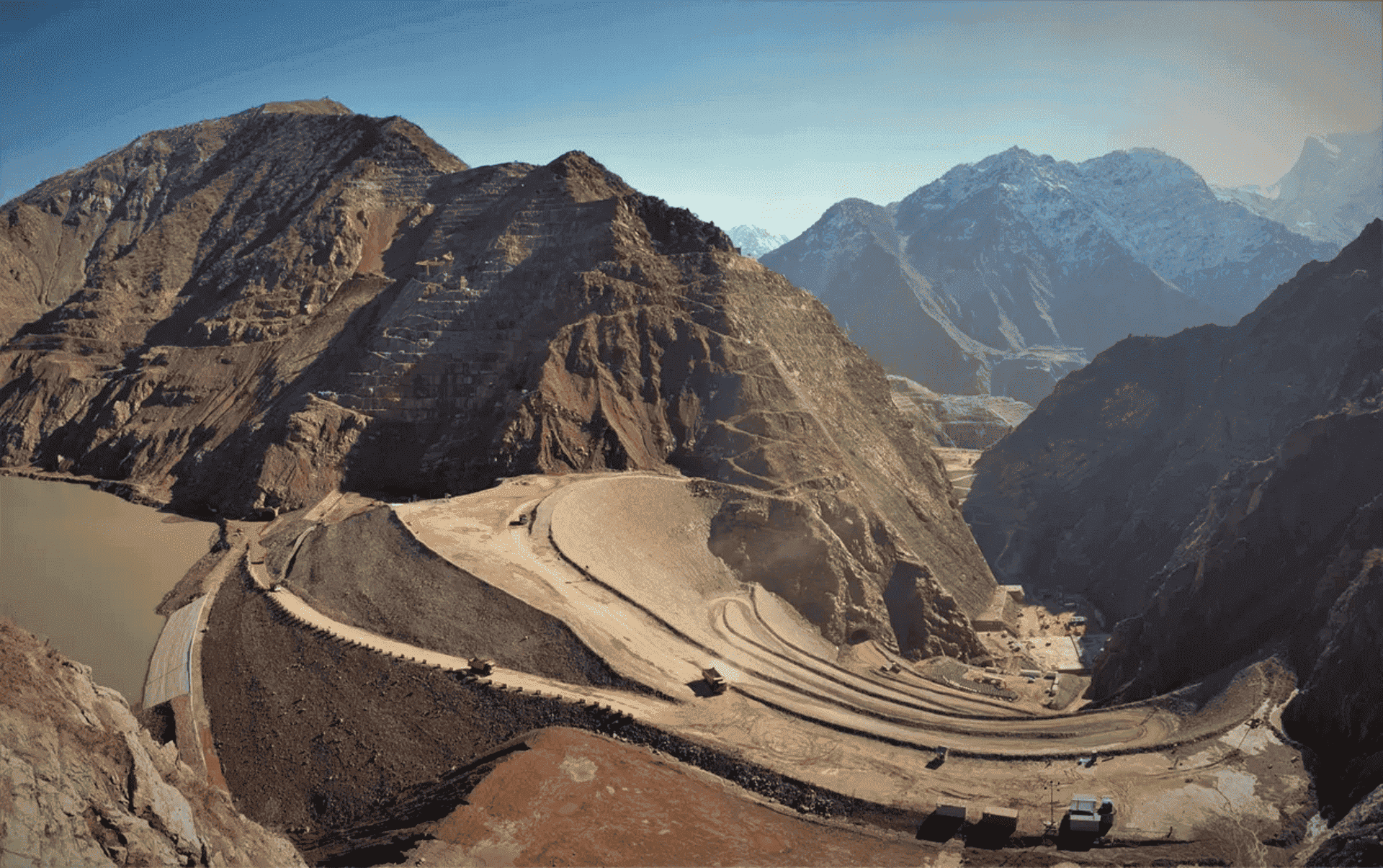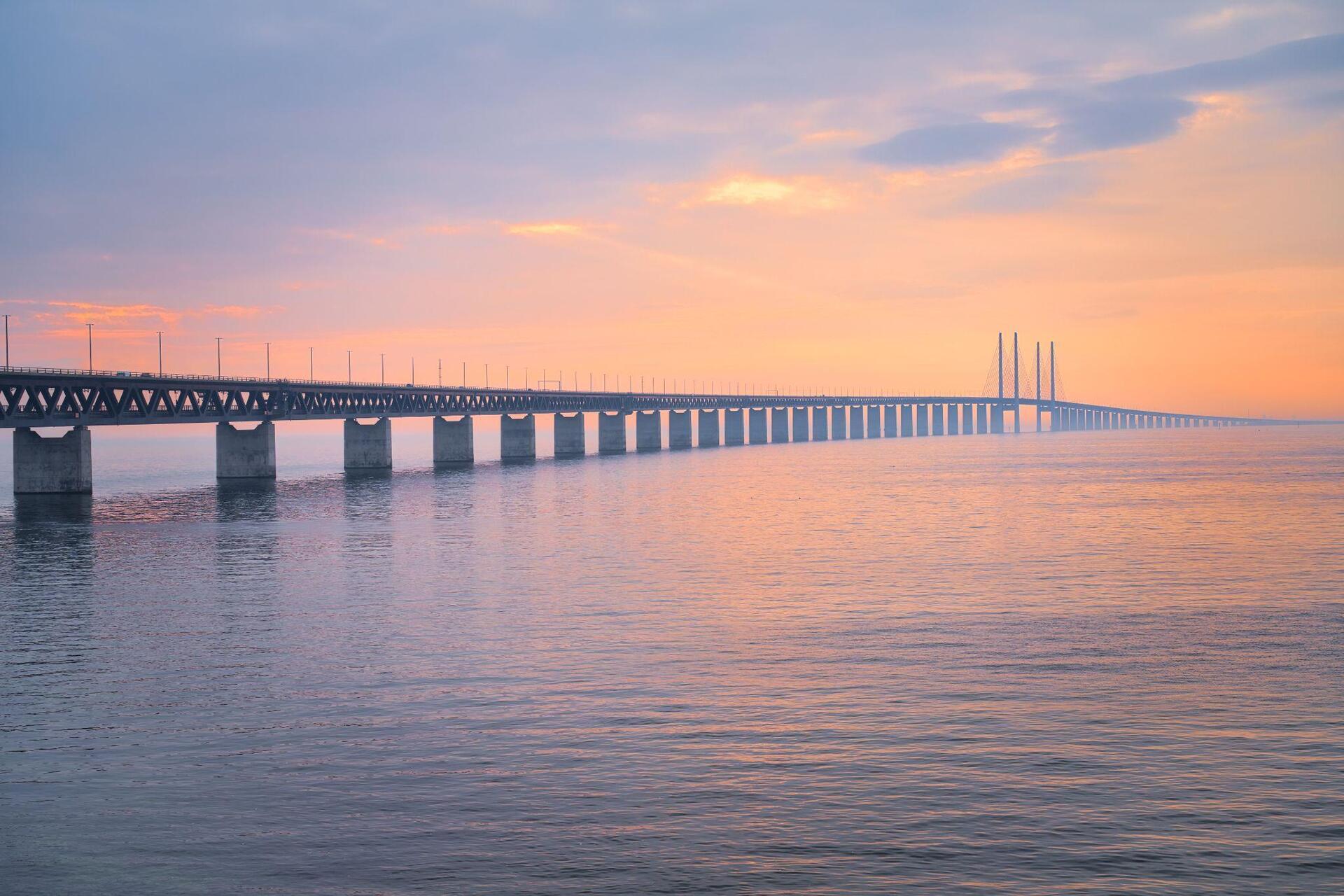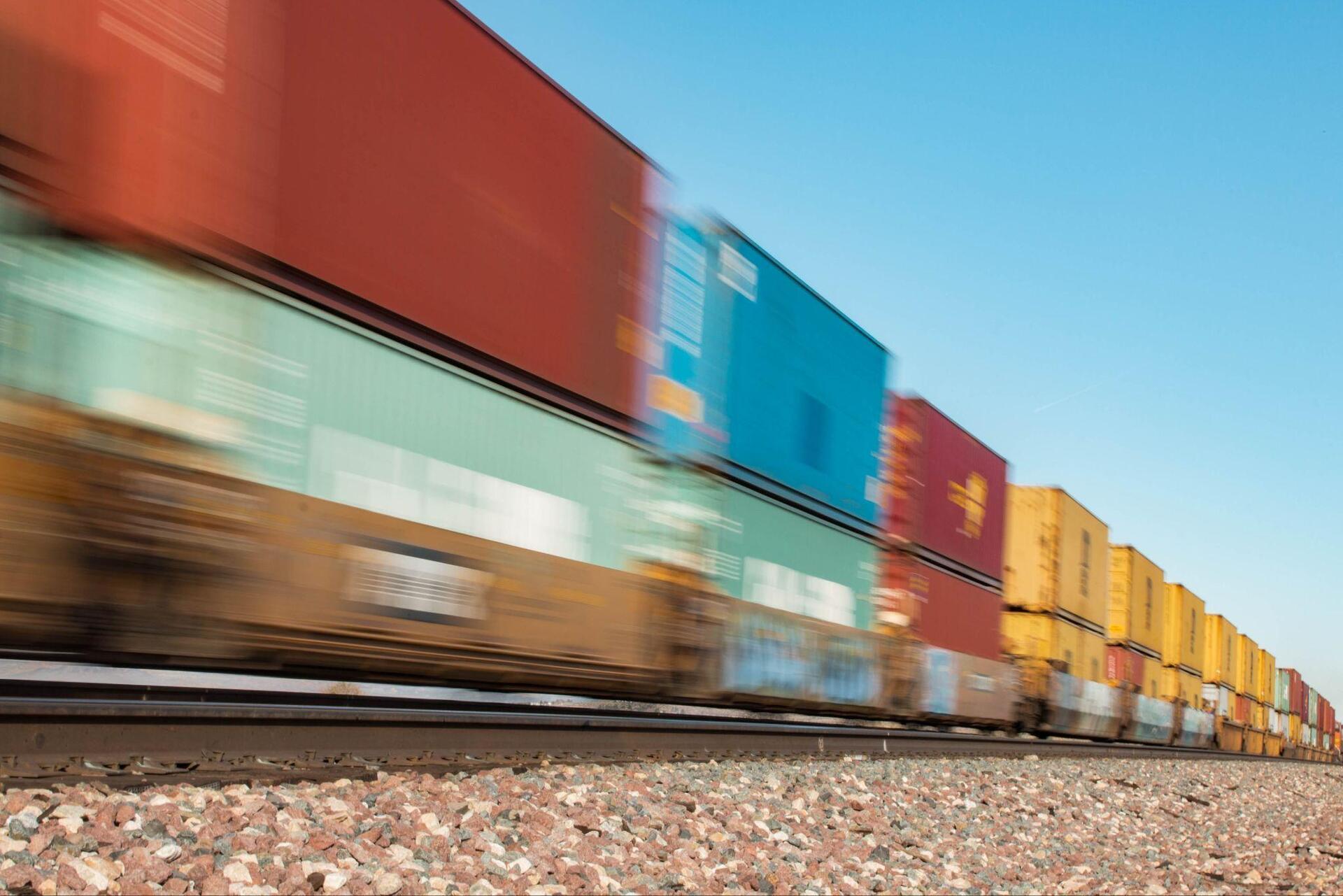When we think of major infrastructures, whether a bridge, canal, dam, or railway, we often picture engineering masterpieces built to serve logistics or energy needs. But behind these works lies much more: territories being reshaped, economies reconnecting, communities overcoming historic divisions, and nations forging new forms of integration.
Every large-scale infrastructure project is also a human and social endeavor: it transforms relationships between regions, improves people’s daily lives, and creates new opportunities for local and international markets.
The New Panama Canal: Where Ships Pass, Communities Thrive (and Water Resources Increase)
Beyond enabling the passage of giant NeoPanamax ships, the 2016 expansion of the New Panama Canal — in which the Webuild Group played a key role — triggered significant social initiatives for communities around the canal.
In Panama’s Capira region, for example, thousands of farming families took part in a sustainable coffee planting project. By 2022, the program had generated over one million dollars in income, raising household earnings while protecting local water resources.
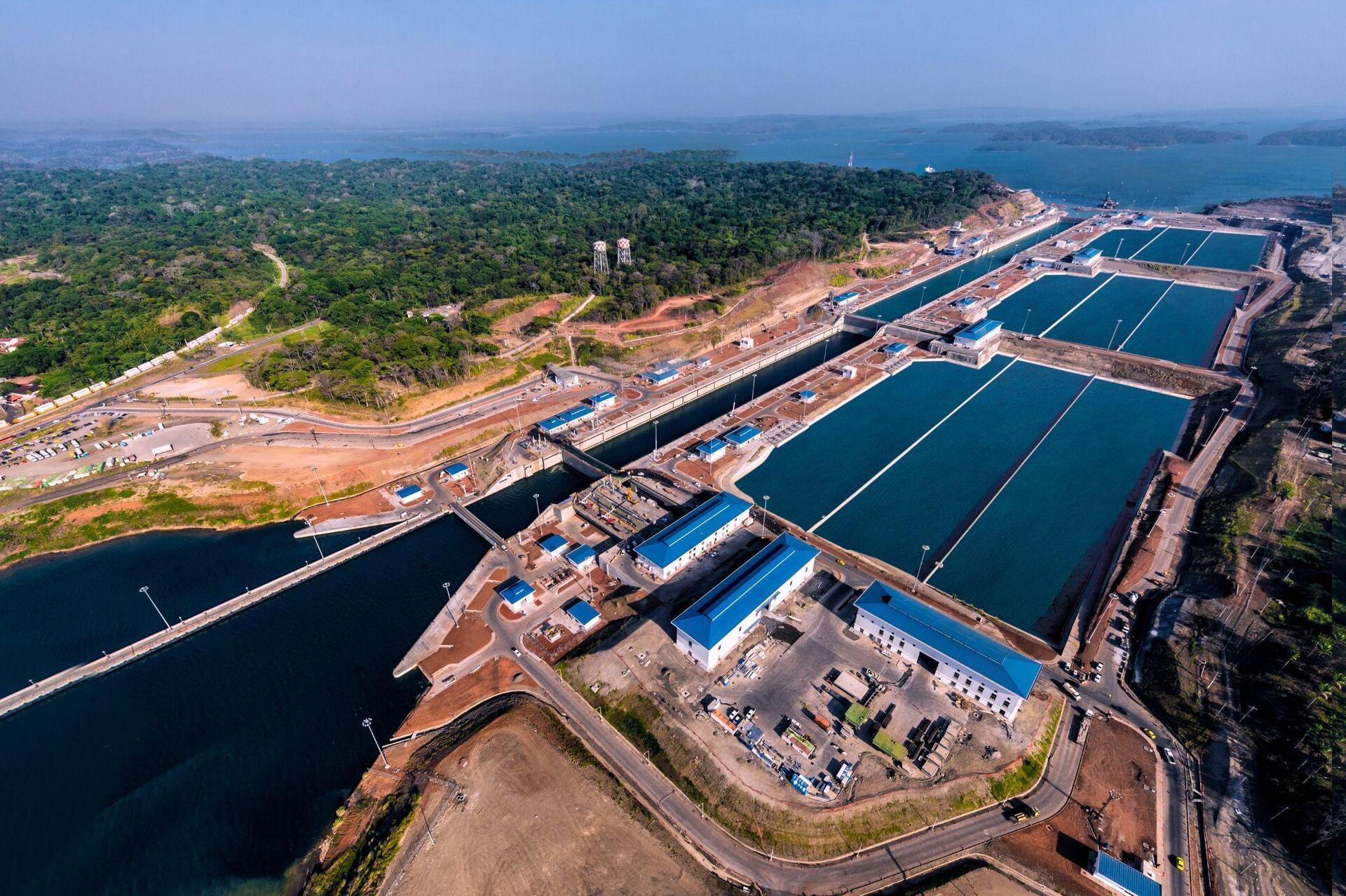
Öresund Bridge: The Denmark and Sweden Bridge That Revitalized a Region
The Öresund Bridge didn’t just link Denmark and Sweden logistically; it transformed everyday life for residents.
Before 2000, Sweden’s southern shore faced high unemployment and industrial decline. But the bridge’s construction, along with proximity to Copenhagen Airport, attracted new investments, low-cost flight routes, and Danish commuters seeking more affordable housing. Today, about 70,000 people cross the strait daily for work or study.
Addis Ababa–Djibouti Railway: Tracks That Make Cities Grow
More than 750 kilometers of rail have reshaped logistics across East Africa — but the most profound effects are visible in the towns and cities along the route.
According to a study published in the Journal of Infrastructure, Policy and Development, the arrival of the railway created a rural-urban continuum between Bishoftu, Mojo, Adama, and Dire Dawa.
These cities saw a surge in investments, small businesses, and residential developments around the train stations, fueling internal migration and new socio-economic integration between rural and urban areas.
Rosario–Victoria: The Bridge That Put a City on the Map
Before the opening of the Rosario–Victoria highway link — built by an international consortium led by Webuild and inaugurated in 2003 — the city of Victoria was a small town of just over 27,000 residents, with slow population growth.
The bridge changed everything: Entre Ríos province experienced a population boom, alongside an immediate infrastructure construction surge. Victoria soon became one of the Paraná River’s emerging destinations, known for its hot springs, carnivals, and river beaches.
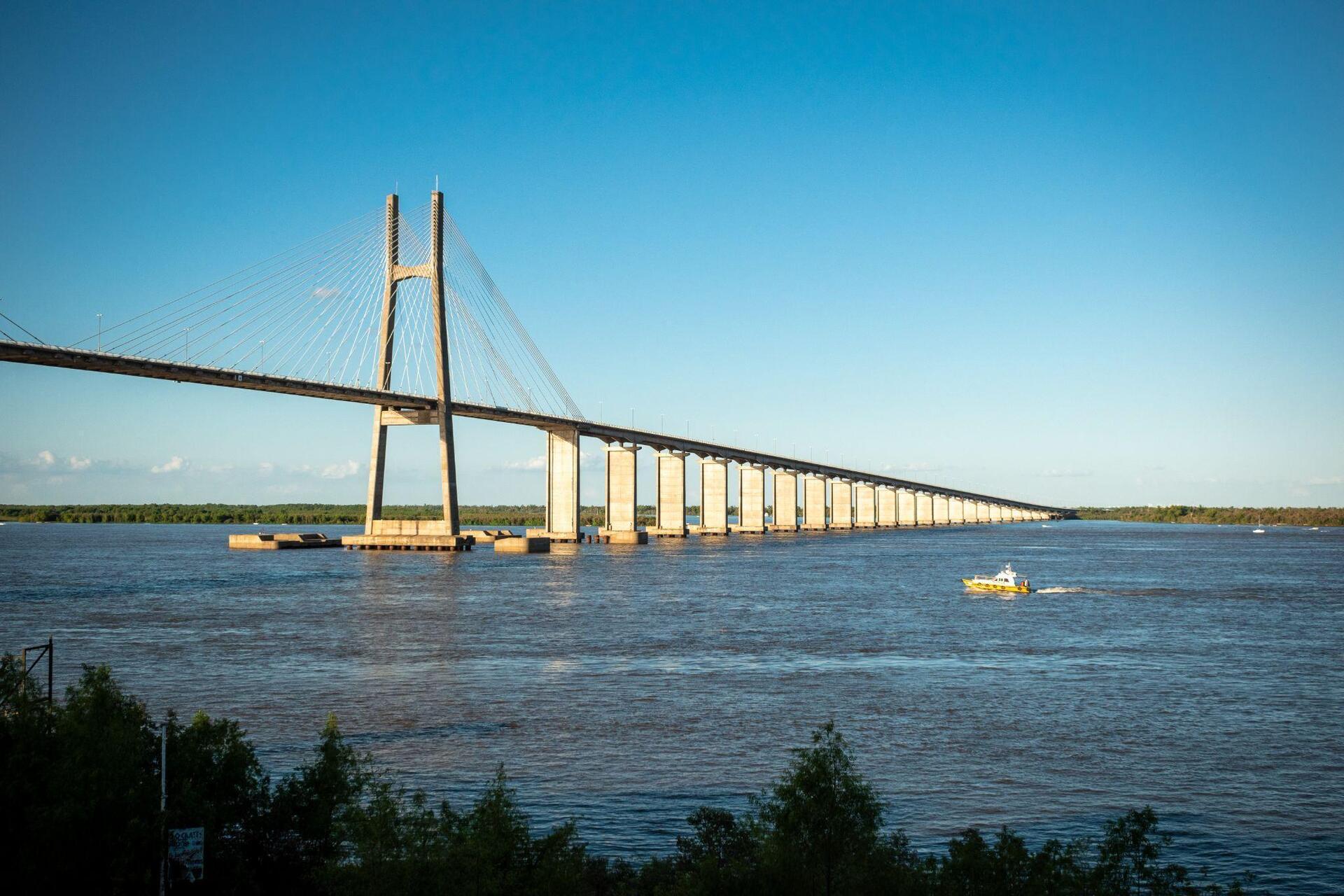
Rogun Dam: The Tallest Dam in the World Powering a Nation
Nestled in the mountains of Tajikistan, the Rogun Dam —currently being built by Webuild in partnership with OSJC “Rogun Hydropower Project”—is poised to bring lasting change to the lives of thousands of families.
Beyond addressing the country’s internal energy demands, particularly during the harsh winter months, the Rogun plant is set to become a key driver of energy stability across Central Asia.
With the capacity to supply electricity to nearly 10 million people, the project will not only ensure a reliable power source for Tajikistan but will also enable the export of up to 70% of its output to neighbouring markets such as Kazakhstan and Uzbekistan—strengthening regional energy security in the process.
